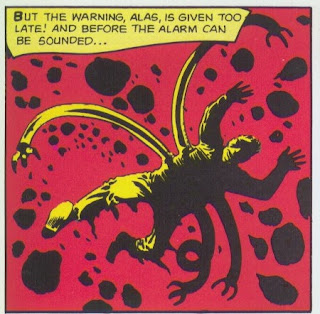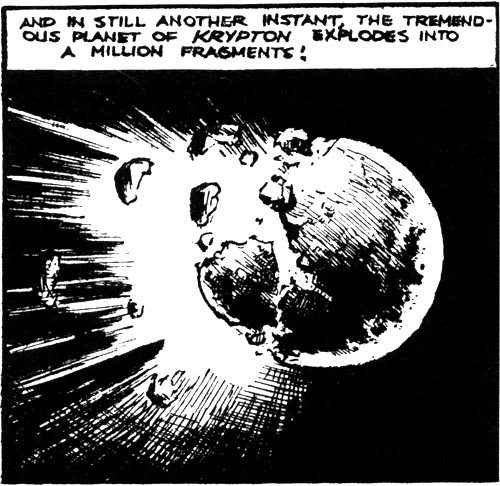Art by Eddie Campbell, The Black Diamond Detective Agency. May 2007
Eddie Campbell's train wreck from The Black Detective Agency. It's a stunning piece of art, and while the similarities with the Ditko panel presented last week are clear, Campbell himself has stated his inspiration was something else; a Comics Journal back cover which re-coloured a Wally Wood panel. The rendering of the locomotive engine in the foreground is astonishing, and the energy is brilliantly focused. It's a tour de force from a modern master of the form, and a very rare two page spread from Campbell to boot.
















